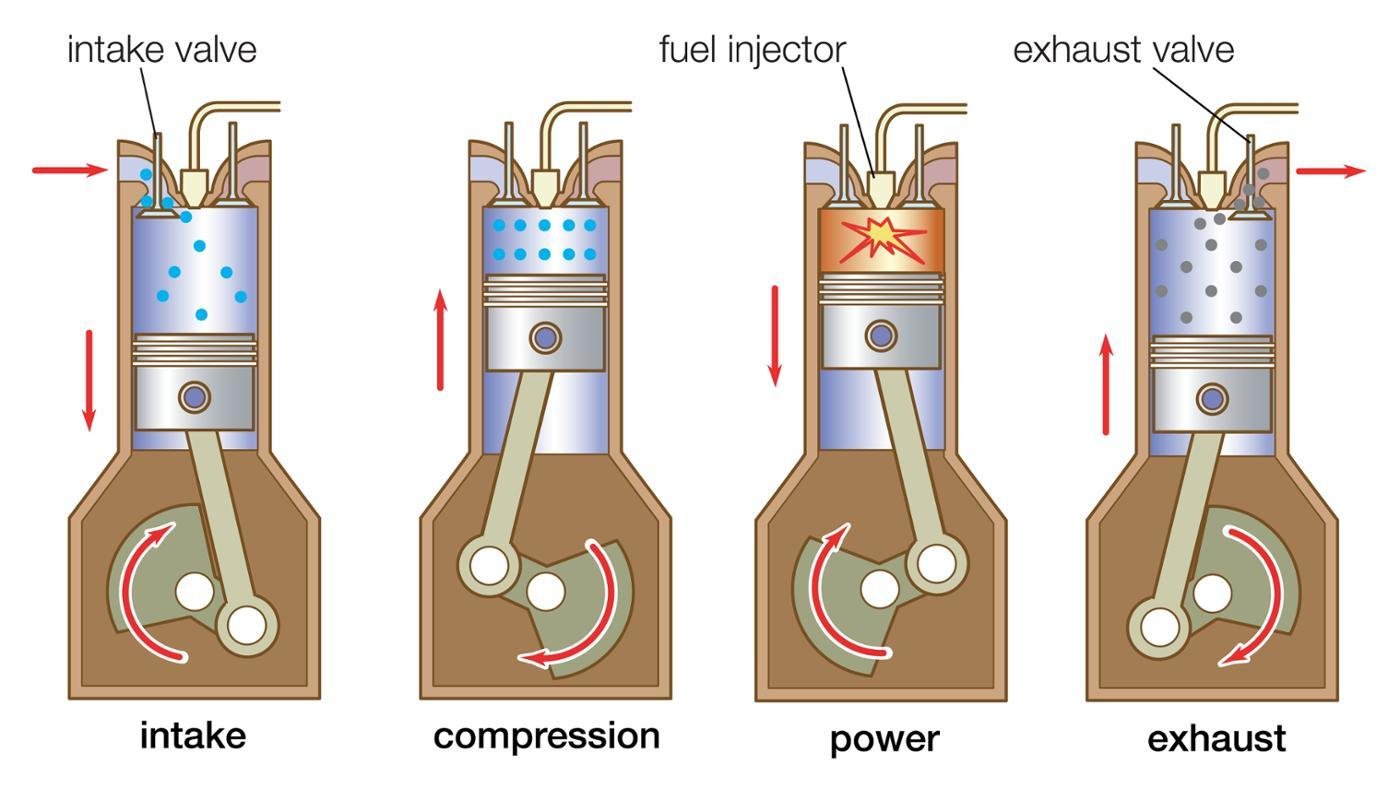The Pursuit for Ultimate Driving Power: Investigating the Peak of Engine Performance and Technological Advancements in the Automotive Field
In the realm of automobile design, the quest of optimum driving power has been a ruthless mission that has actually unravelled with the development of engine design and the integration of cutting-edge technologies. From the careful craftsmanship of combustion engines to the quick advancements in electric propulsion systems, the automobile field stands at the cusp of a brand-new era identified by unprecedented performance abilities. As designers and researchers dive deeper into the realms of computational liquid characteristics and check out ingenious fuel technologies, the horizon of opportunities increases exponentially. Keep tuned as we untangle the elaborate tapestry of technical advancements that are shaping the future of automotive power and performance.
Development of Engine Style

Additionally, the integration of turbocharging and supercharging innovations has actually reinvented engine style by boosting power without dramatically increasing engine size. These forced induction systems compress the consumption air, enabling even more fuel to be combusted, therefore producing greater power outcome from a smaller engine. This improvement has actually been particularly critical in improving the efficiency of smaller sized variation engines while preserving gas performance requirements.

Performance-Enhancing Fuel Technologies
The application of advanced gas modern technologies has actually dramatically added to improving engine performance in modern cars. Biofuels, obtained from eco-friendly resources like algae, corn, or sugarcane, offer enhanced and lowered emissions engine effectiveness. Furthermore, gas additives and cleaning agents are being created to tidy engine components, optimize burning, and reduce friction, therefore boosting general automobile efficiency.
Advancements in Electric Propulsion
Significant strides in electric propulsion innovation have transformed the auto market, paving the means for a brand-new period of sustainable and effective transportation. Electric automobiles (EVs) are obtaining appeal because of their environmental benefits and advancements in battery modern technology, enabling longer driving arrays and shorter billing times. Makers are spending heavily in research and development to enhance the performance of electrical propulsion systems, concentrating on increasing power output, enhancing energy efficiency, and decreasing total weight.
One notable development in electrical propulsion is the development of sophisticated electric motors that provide higher torque and power thickness, causing enhanced acceleration and general driving performance. Furthermore, regenerative braking systems have actually been fine-tuned to catch and save power during slowdown, additional boosting the efficiency of EVs.
Additionally, the combination of clever innovations, such as expert system and anticipating analytics, is optimizing the monitoring of electrical propulsion systems, making sure optimum efficiency under numerous driving problems. These improvements in electric propulsion are improving the vehicle landscape, driving the sector in the direction of a more lasting and amazed future.
Effect of Computational Liquid Dynamics
With advancements in electrical propulsion pressing the borders of automotive modern technology, the combination of Computational Fluid Dynamics is playing a pivotal duty in optimizing aerodynamic efficiency and boosting general efficiency in car layout. Computational Fluid Characteristics (CFD) involves making use of computer simulations to analyze the circulation of air around an automobile, enabling designers to predict how design modifications will influence the rules of aerodynamics without the demand for expensive physical prototypes. By properly modeling airflow patterns, CFD enables click here to read the refinement of lorry shapes to minimize drag, improve air conditioning, and boost stability.
One secret benefit of using CFD in automobile design is the capability to iterate rapidly, checking out many design variants to determine the most aerodynamically efficient solutions. This iterative process causes lorries that are not just sleeker and a lot more visually enticing but also more eco friendly and fuel-efficient. CFD enables engineers to optimize airflow around elements such as radiators, engine bays, and wheel wells, adding to enhanced efficiency and overall driving experience. To conclude, the combination of Computational Fluid Characteristics represents a significant progression in the mission for best driving power and performance in the automotive market.
Future Patterns in Engine Development
In the dynamic landscape of auto design, sophisticated advancements are forming the future trajectory of engine advancement. The future of engine style is marked by useful link a solid focus on effectiveness, sustainability, and efficiency. Suppliers are increasingly concentrating on creating engines that not only supply high power outputs yet likewise prioritize environmental obligation by boosting and reducing emissions gas efficiency.
One famous pattern in engine advancement is the surge of electrification. Hybrid and electric powertrains are gaining traction as viable alternatives to typical combustion engines. These modern technologies use the possibility for significant decreases in carbon discharges and enhanced energy effectiveness, aligning with global efforts to battle environment change.
Furthermore, advancements in products scientific research and production methods are allowing the manufacturing of lighter and more durable engine elements. This shift towards light-weight products such as carbon fiber and aluminum alloys adds to enhanced performance and gas economic climate.
Conclusion
To conclude, the search of ultimate driving power in the vehicle sector remains to drive developments in engine style, fuel innovations, electrical propulsion, and computational liquid dynamics. The development of these modern technologies is forming the future of engine development, paving the means for a lot more reliable and effective lorries (engines for africa). As the industry proceeds to press the limits of what is feasible, we can anticipate to see also a lot more groundbreaking advancements in the pursuit for peak efficiency
One of the key landmarks in engine style advancement is the shift from standard carbureted engines to contemporary fuel-injected systems. By precisely metering the fuel shipment to each cyndrical tube, fuel-injected engines enhance combustion, resulting in far better performance and decreased ecological influence.
Furthermore, the combination of turbocharging and supercharging technologies has actually reinvented engine design by improving power without substantially raising engine size click resources (engines for africa).The execution of innovative fuel innovations has dramatically added to improving engine performance in modern-day cars. Furthermore, gas ingredients and cleaning agents are being formulated to clean engine elements, enhance combustion, and reduce rubbing, consequently increasing total car performance